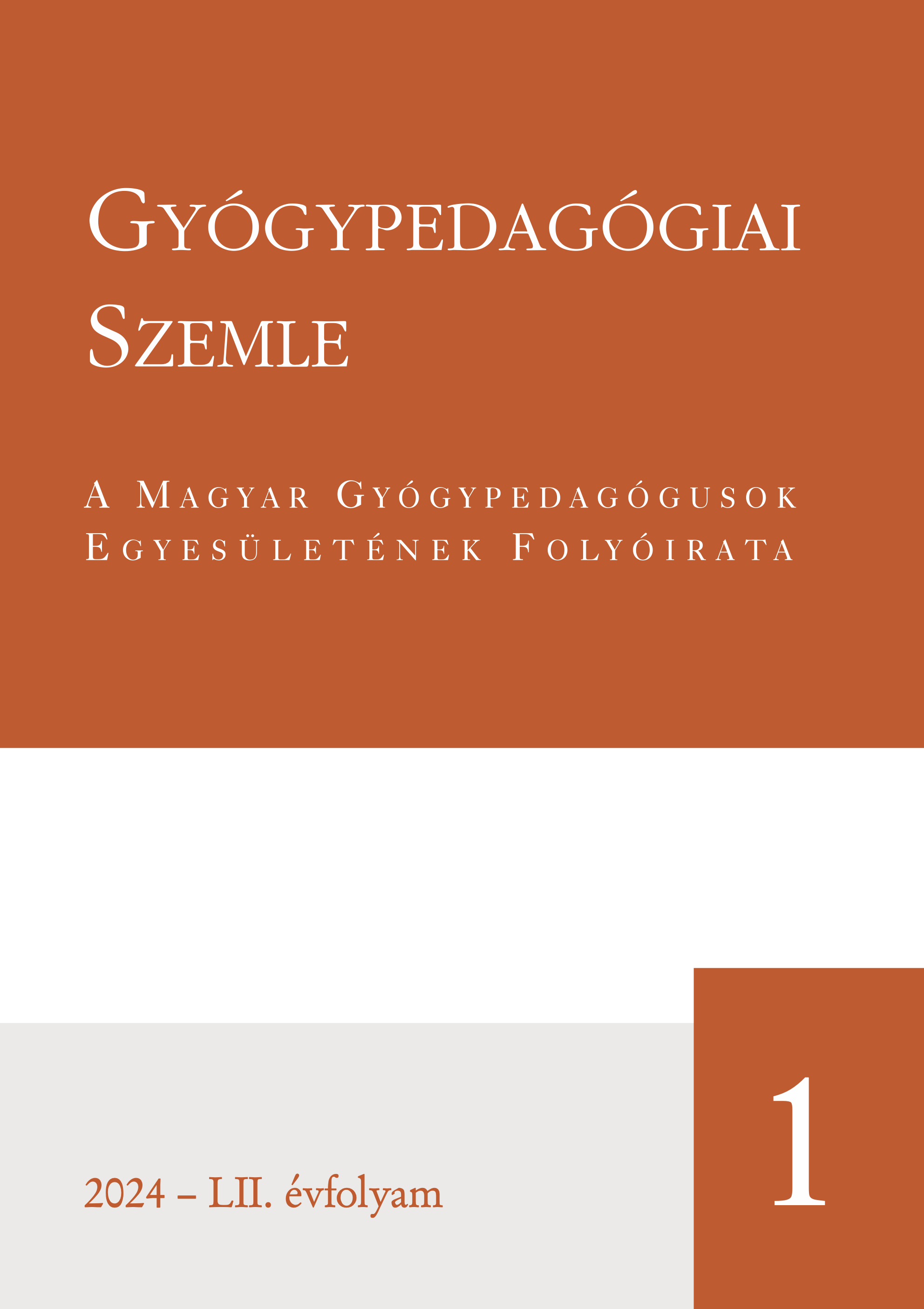From the inattentive „young Frenchman" to today's ADHD - the history of attention deficit hyperactivity disorder
DOI:
https://doi.org/10.52092/gyosze.2024.1.1Keywords:
ADHD, history, DSM, ICDAbstract
Although ADHD (attention deficit hyperactivity disorder) has become widely known recently, it is good to know that this neurodevelopmental disorder did not appear only in the 20th century. In this study, I review the history of ADHD, and the changing names and definitions. In addition to the historical interest, I aim to highlight that the syndrome is not new, only the changing world presents new and new challenges for people with ADHD.
Although people with ADHD have shown similar behaviours over the past centuries, the diagnostic labels used to identify them have changed a lot, largely as a result of cultural, medical, and scientific changes and discoveries (Mayes & Rafalovich, 2007), and is still changing today. What remains unchanged is that from the first description to the present day, this condition was thought to be of biological origin. After the initial scattered case studies, the syndrome was described at the beginning of the 20th century, then as a "moral control disorder".
The definition of this concept has evolved from "minimal brain damage/dysfunction" through the DSM-2 concept of a psychodynamically orientated hyperkinetic reaction to the biological psychiatric approach to ADD and then to ADHD as we know it today.
Keywords: ADHD, history, DSM, ICD

